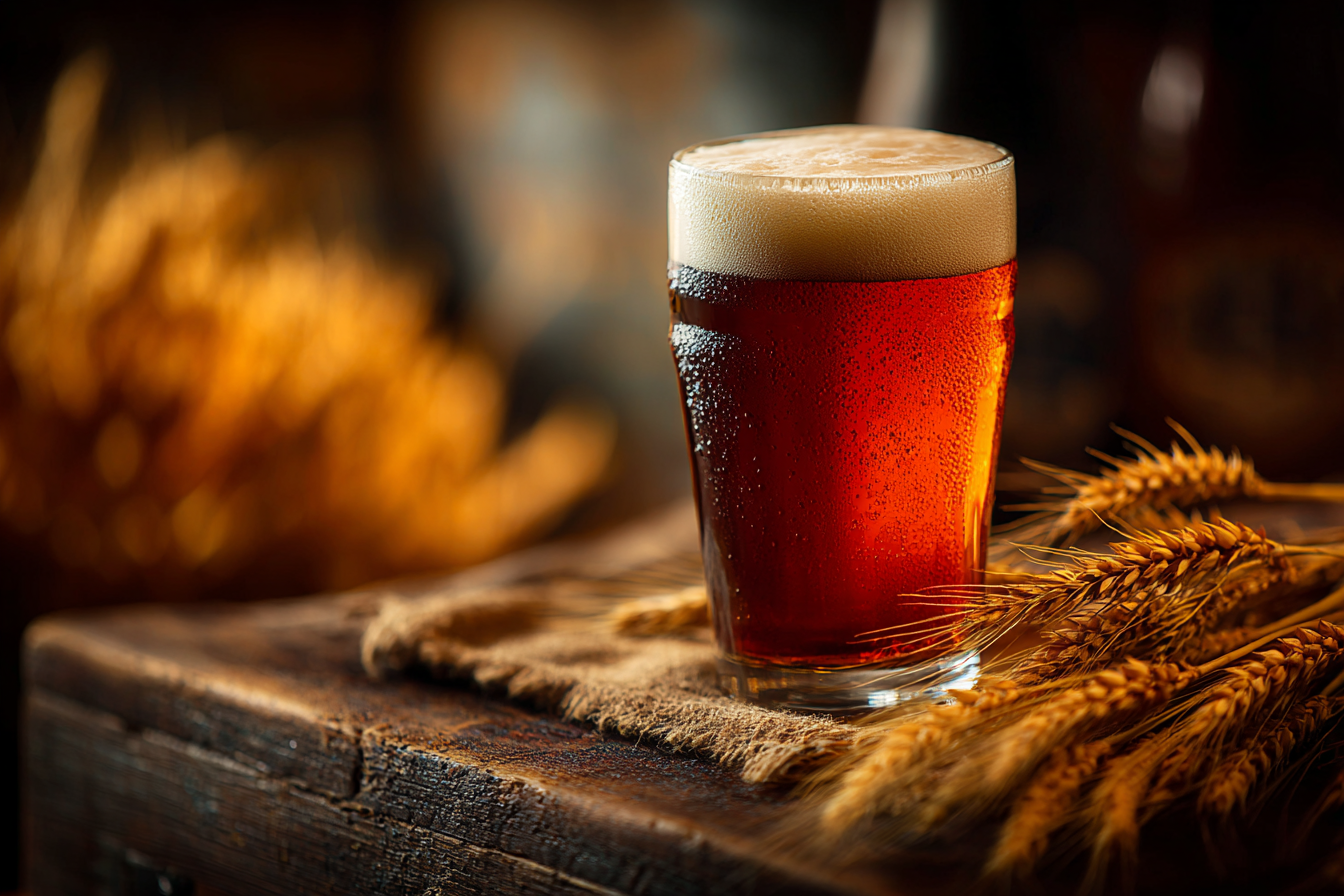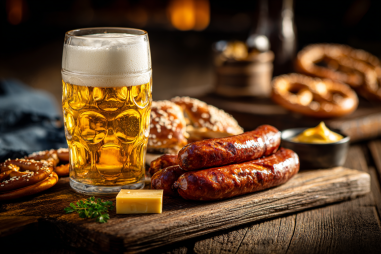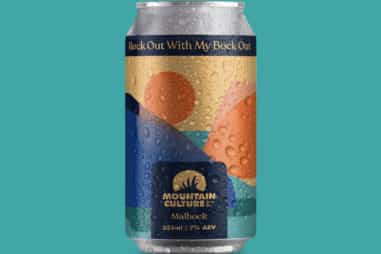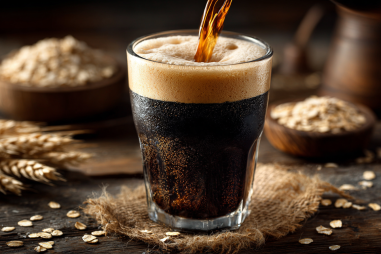American Strong Ale stands out in the diverse world of craft beer for its bold, robust character and intricate layers of flavor. Loved by enthusiasts who seek something more intense and complex than lighter brews, this style combines a rich malt backbone with assertive hop profiles, resulting in a beer that’s both powerful and nuanced. Whether you’re new to American Strong Ales or a seasoned taster, understanding what goes into their flavor profile can deepen your appreciation for every satisfying sip.
Introduction to American Strong Ale
Originating from the rich brewing traditions of the United States, American Strong Ale is a style that embraces strength—in both alcohol content and flavor intensity. Typically ranging between 7% to 12% ABV, these ales are designed to showcase bold malt character balanced with assertive hops. Unlike some lighter, more sessionable beers, American Strong Ales demand attention. They often present themselves as full-bodied, flavorful, and complex, making them ideal for sipping slowly and savoring the many layers of taste.
Key Components of the Flavor Profile
The flavor profile of American Strong Ale is the result of a harmonious interplay between malt, hops, yeast, and fermentation processes. Each element contributes distinctive characteristics that blend together to create the overall complexity of the beer. Let’s explore these components:
- Malt Character: Provides sweetness, richness, and body.
- Hop Profile: Adds bitterness and aromatic qualities.
- Yeast and Fermentation: Contribute subtle esters and secondary flavors.
Malt Characteristics: Sweetness and Richness
Malt is the cornerstone of American Strong Ale’s flavor profile. Brewers typically use a variety of specialty malts to build complexity, with base malts providing a solid, sweet foundation and specialty malts adding layers like caramel, toffee, biscuit, and sometimes roasty notes. This malt richness gives the beer a full body and velvety mouthfeel.
The sweetness from the malt often balances the bitterness from hops, making the beer approachable despite its strength. Additionally, the malts contribute color, ranging from deep amber to dark brown, enhancing the beer’s inviting appearance. The malt aroma often brings out scents of caramel, toasted bread, and sometimes dried fruit, enticing the drinker to dive into the flavor experience.
Hop Profile: Bitterness and Aroma
While malt provides the backbone, hops give American Strong Ale its distinctive punch. Unlike some malt-forward styles, this ale proudly delivers noticeable hop bitterness and aroma, often showcasing American hop varieties. Expect piney, resinous, citrusy, or floral notes, depending on the hop selection.
The bitterness plays a crucial role in balancing the sweetness from malt, preventing the beer from becoming cloying. Aromatic hop additions, sometimes late in the boil or during dry hopping, contribute layers of fragrance that elevate the sensory experience beyond just bitterness—think vibrant grapefruit zest, fresh pine needles, or even tropical fruit accents.
Yeast Contributions and Fermentation Notes
The yeast strains used in American Strong Ale tend to be clean fermenters, allowing malt and hop characteristics to shine. However, depending on the specific yeast and fermentation conditions, subtle fruity esters or spicy phenolics can emerge, adding complexity and depth.
Due to higher alcohol levels, some American Strong Ales may also showcase warm, boozy notes reminiscent of light brandy or sherry, especially after aging. These subtle fermentation-derived flavors enrich the overall profile, making the beer a multi-dimensional experience that evolves with each sip.
Common Flavor Variations in American Strong Ales
American Strong Ale is not a rigid style; it embraces variation and creativity. Some common flavor twists include:
- Imperial IPA Influence: Some versions lean more heavily on aggressive hop bitterness and aroma, almost like a strong, malty IPA.
- Belgian Touches: Certain brewers introduce Belgian yeast strains, bringing spicy, fruity esters reminiscent of Belgian strong ales.
- Dark Strong Ales: Incorporating roasted malts can add chocolate, espresso, or smoky notes, creating a darker, richer profile.
- Fruit and Spice Additions: Occasionally, brewers will add adjuncts like orange peel, coriander, or dried fruits to highlight complexity.
These variations highlight the versatility of the style and the creativity of American craft brewers, allowing drinkers to explore a wide spectrum of flavor expressions under the umbrella of American Strong Ale.
Pairing American Strong Ale with Food
Thanks to its rich, bold profile, American Strong Ale pairs wonderfully with a variety of hearty dishes. The malt sweetness and hop bitterness can complement and contrast flavors on your plate, enhancing the overall dining experience. Here are some pairing ideas:
- Grilled or Roasted Meats: Beef steaks, pork chops, and lamb gain a robust companion in these ales.
- Rich Stews and Chili: The beer’s complexity stands up to deeply flavored, spicy dishes.
- Sharp Cheeses: Aged cheddar, gouda, and blue cheese contrast the beer’s malt richness.
- Barbecue: The caramelized sweetness and smoky hops resonate beautifully with smoked, sauced meats.
- Chocolate Desserts: Dark, malty ales match well with bittersweet chocolate or flourless cakes.
When pairing, consider the beer’s hop bitterness and malt backbone to find dishes that either balance or echo those flavors, creating a harmonious experience.
Appreciating the Flavor Complexity
American Strong Ale offers a rich tapestry of flavors that invite exploration and appreciation. From the depth of malt sweetness to the bold hop bitterness and subtle yeast nuances, each sip reveals a new element to enjoy. Whether you prefer the more hop-forward versions or those leaning into malt richness, the style provides a rewarding balance that challenges and delights the palate.
Next time you pour a glass of American Strong Ale, take a moment to notice the aromas swirling above the rim, the interplay of flavors across your tongue, and the warmth spreading from its higher alcohol content. This style is a celebration of craft brewing ambition, designed to deliver a full-bodied and memorable beer experience.







